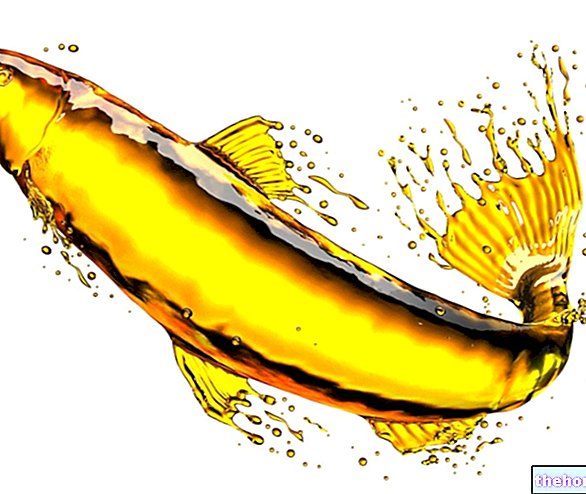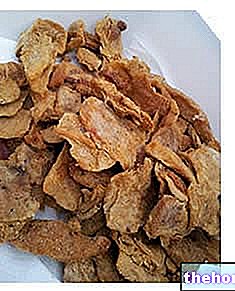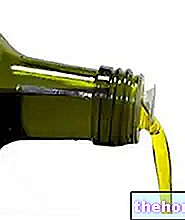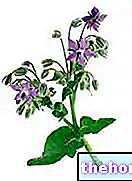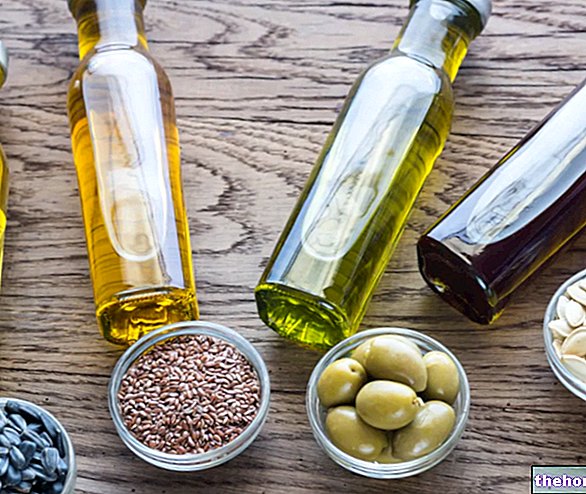Introduction: the olive oil
Olive: botanical aspects and cultivation
Composition of the ripe olive, nutritional properties
Olive harvest
Olive oil: chemical composition
Olive oil: properties and nutritional characteristics
Preparation of the olive oil
Conservation of olive oil
Pomace oil
Classification of olive oils, analysis and fraud
Olive oil as a laxative
Olive tree in herbal medicine - sea buckthorn
Cosmetic use: olive oil - Olive oil unsaponifiables - Olive leaf extract
Pomace oil
OLIVE PACE OIL: oil obtained by cutting refined olive pomace oil and virgin olive oil other than lampante; acidity not higher than 1%.
Pomace is the solid residue that remains after the oil has been extracted. From the pomace it is possible to extract modest quantities of oil (3-6% by weight) by pressing or by centrifugation. The oil obtained from it is called crude olive pomace oil and is not edible. Through a refining process this oil is purified to obtain a refined pomace oil with an acidity not exceeding 0.5%.
The ready-to-use pomace oil is obtained by mixing refined pomace oil with virgin olive oils other than lampante oil, with an acidity not exceeding 1.5%. There is no minimum of virgin oils to be add.
The composition of the pomace oil is similar to that of the olive oil with respect to which it is richer in linoleic acid (9.5-15.5%) and elaidinic acid is present (0.2%), a trans isomer of oleic acid also contained in butter and margarine. This is also the reason why pomace oil is a much poorer and less beneficial oil than olive oil.
Extraction of oil from pomace

With a consistency similar to a paste, the pomace still contains a certain percentage of oil, which however can no longer be extracted by simple pressing. The amount of residual oil varies from 4.5 to 9% if it comes from discontinuous plants, from 2.5 to 4.5% if it comes from new generation continuous plants.
The only way to extract this not insignificant amount of oil is to resort to chemical means. The pomace is mixed with a selective solvent for the lipid component, called hexane, which solubilizes the residual oil. Filtration follows, which makes it possible to obtain the exhausted pomace on one side, and on the other a solution of oil in hexane. To remove the latter, a distillation process is carried out. The recovered hexane can be reused to extract the oil from new pomace (it acts as a processing aid).
The time between the extraction of the olive oil by physical means and the processing of the residual pomace with chemical solvents must be as short as possible.
The composition of pomace oil is similar to that of olive oil; the percentage of linoleic acid increases (9.5 - 15.5%) and elaidinic acid (trans isomer of oleic acid) is present in quantities lower than 0.2%. The formation of these trans acids is due to rectification processes during which heat is also used.
Other Foods - Oils and Fats Peanut Butter Cocoa Butter Butter Greaves Wheat Germ Animal Fats Margarine Vegetable Cream Tropical Oils and Fats Frying Oils Vegetable Oils Peanut Oil Borage Oil Rapeseed Oil Krill Oil Poppy Seed Oil Seed Oil Pumpkin Avocado oil Hemp oil Safflower oil Coconut oil Cod liver oil Wheat germ oil Linseed oil Macadamia oil Corn oil Almond oil Hazelnut oil Walnut oil Olive oil Palm oil fish Rapeseed oil Rice oil Pomace oil Seed oil Soybean oil Grapeseed oil Extra virgin olive oil Sesame seeds and sesame oil Lard OTHER ARTICLES OILS AND FATS Categories Food Alcoholics Meat Cereals and derivatives Sweeteners Sweets Offal Fruit Dried fruit Milk and Derivatives Legumes Oils and Fats Fish and fishery products Salami Spices Vegetables Health recipes Appetizers Bread, Pizza and Brioche First courses Seconds pi acts Vegetables and Salads Sweets and Desserts Ice creams and sorbets Syrups, liqueurs and grappa Basic Preparations ---- In the Kitchen with leftovers Carnival recipes Christmas recipes Light diet recipes for Celiacs Recipes for Diabetics Recipes for Holidays Recipes for Valentine's Day Recipes for Vegetarians Protein Recipes Regional Recipes Vegan Recipes

